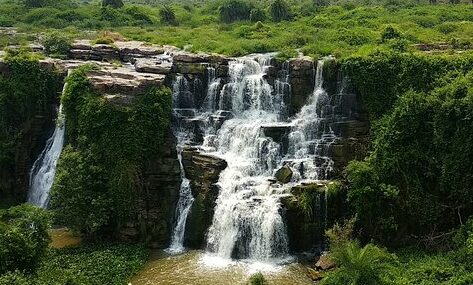
Per capita water availability in India is reducing due to increase in Population, according to India’s Jal Shakti Ministry statement.
Water availability per person is dependent on population of the country and for India, per capita water availability in the country is reducing due to increase in population, the ministry said on 9th December.
The average annual per capita water availability in the years 2001 and 2011 was assessed as 1816 cubic meters and 1545 cubic meters respectively which may further reduce to 1486 cubic meters in the year 2021.
Water being a State subject, steps for augmentation, conservation and efficient Management of water resources are primarily undertaken by the respective State Governments, the ministry said.
In order to supplement the efforts of the State Governments, Central Government provides Technical and financial assistance to them through various schemes and programmes, it said.
Ministry of Jal Shakti has launched Jal Shakti Abhiyan (JSA) – a campaign for water conservation and water security.
During the campaign, officers, groundwater experts and scientists from the Government of India worked together with State and district officials in India’s most water-stressed districts for water conservation and water resource management.
Central Government has formulated a National Perspective Plan (NPP) for Water Resources Development which envisages transfer of water from water surplus basins to water deficit basins to improve availability of water.
Government of India has launched Atal Mission for Rejuvenation and Urban Transformation (AMRUT) on 25th June, 2015 in select 500 cities across the country for a period of five years i.e. from 2015-16 to 2019-20 with focus on development of basic civic amenities in the Mission cities.
Under the water supply component of the Mission, projects related to rain water harvesting, rejuvenation of water bodies specifically for drinking water supply, recharging of ground water, etc., can be taken up by the States/UTs to enhance water supply in the Mission cities.
The Government of India has launched Jal Jeevan Mission (JJM), which aims at providing functional household tap connections to every rural household by 2024 at the service level of 55 litre per capita per day.
This Mission will focus on integrated demand and supply side management of water at the local level, including creation of local Infrastructure for source sustainability like rainwater harvesting, groundwater recharge and management of household wastewater for reuse in agriculture, said the ministry.

